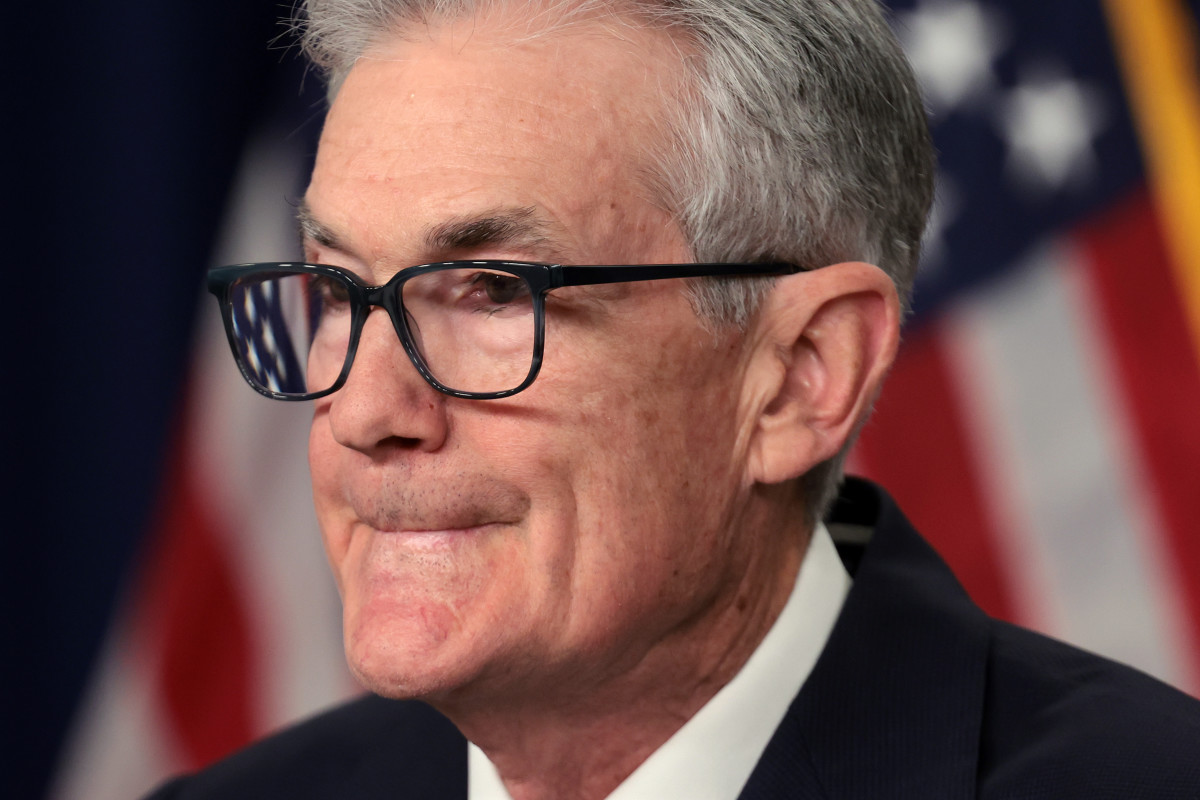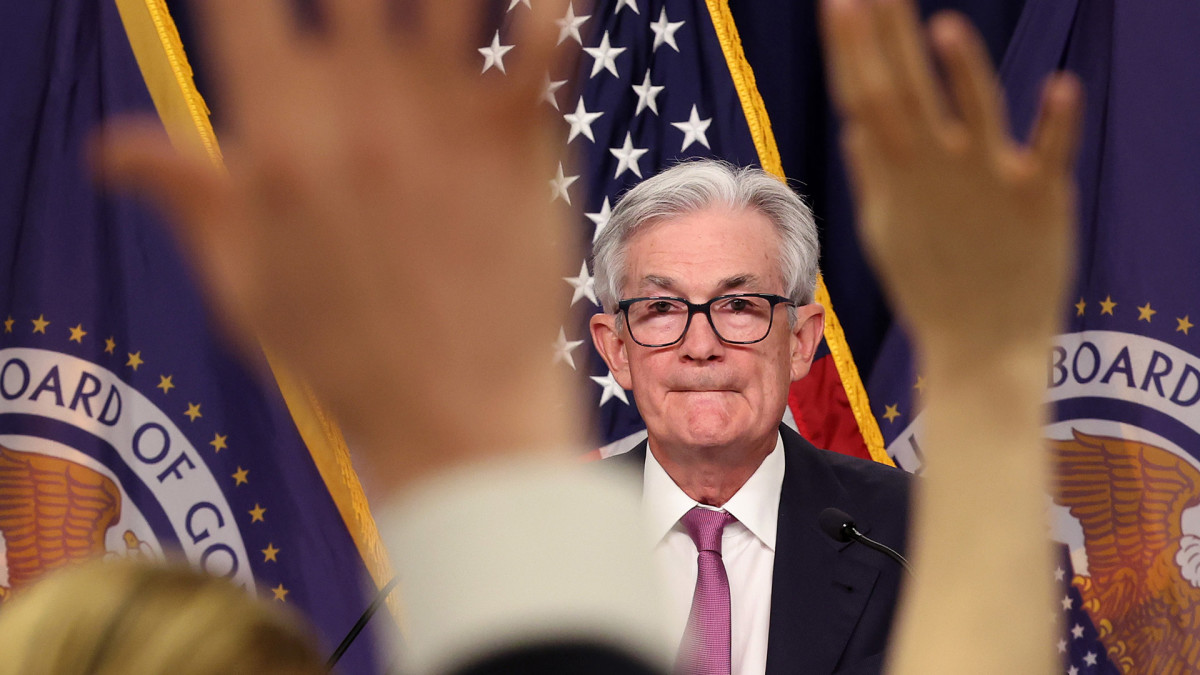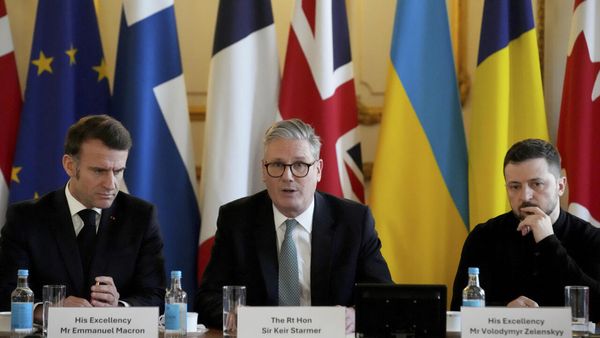
The U.S. economy continues to defy both calls for a slowdown and suggestions that a recession is on the horizon, as a resilient job market and solid consumer spending continue to power stronger-than-expected growth prospects.
The surprising strength, however, has deepened concerns that the Federal Reserve, which is focused on stubborn inflation pressures, will delay any move to lower borrowing costs over the coming months and could scrap rate cuts altogether until early next year.
Related: Costco earnings and inflation could rock markets this week
Minutes from the central bank's May policy meeting, published last week, noted a willingness to "tighten policy further should risks to inflation materialize." But the document otherwise suggested a "wait-and-see" preference to determine any near-term interest-rate moves.
Fed officials will publish fresh growth and inflation forecasts, better known as the dot plots, following the conclusion of its next policy meeting on June 12. Markets are bracing for a major overhaul of its earlier call for three rate cuts this year.
In fact, bets are starting to emerge that the Fed won't find time to cut rates at all, barring a notable decline in hiring or an external shock tied to geopolitical risks. Those bets reflect an economy that continues to outperform and the looming November presidential election.

image source: Getty Images
S&P Global's benchmark PMI survey for May, published late last week, showed the biggest jump in more than two years, paced by an accelerating services sector and modestly firmer manufacturing.
That was also partly confirmed by a better-than-expected reading of April durable goods orders, which jumped 0.7% against a consensus forecast of an 0.8% decline. The reading suggested that the pace of manufacturing activity carried solid momentum into the second quarter.
The Atlanta Fed's GDPNow forecasting tool, which was updated late Friday, notes a current-quarter growth rate of 3.5%, more than double the estimated 1.6% pace recorded over the first three months of the year.
Stubborn price pressures
Inside the S&P report, meanwhile, a subindex of the prices companies are paying wholesalers rose to the highest levels in more than 18 months, suggesting an extension of inflation pressures into the summer.
"Business confidence has lifted higher to signal brighter prospects for the year ahead," said S&P's chief business economist, Chris Williamson.
"However, companies remain cautious with respect to the economic outlook amid uncertainty over the future path of inflation and interest rates, and continue to cite worries over geopolitical instabilities and the presidential election," he added.
Related: CPI inflation report resets timing of Fed interest rate cuts
Labor Department data, meanwhile, showed the biggest back-to-back decline in weekly jobless claims since last fall, with the four-week average holding at around 220,000, well south of the long-term average of 345,000 prior to the 2020 pandemic.
The University of Michigan's closely tracked survey of consumer sentiment, noted that year-ahead inflation forecasts eased to 3.3% in May, while broader financial optimism showed modest improvement.
"The Fed believes the risks to the outlook are roughly in balance, so inflation has to convincingly ease before it starts cutting," said Jeffery Roach, chief economist for LPL Financial in Charlotte.
"What we learned from this final estimate from U of M is consumer spending could slow, easing up inflationary pressures from the demand side of the economy," he added.
Traders have long discounted the chances of a summer Fed rate cut, but had hoped for the first of two reductions in September.
The stronger-than-expected PMI data, as well as the better claims readings, pared bets on a September move to just 50%, the lowest in several weeks.
Goldman Sachs U-turn on rate-cut forecast
Goldman Sachs, in fact, scrapped its forecast for a July rate cut, a notable outlier in Wall Street forecasts, adding that "four additional CPI reports will be available by the September meeting."
"If monthly core CPI inflation averages in the high (0.2% range) and core PCE in the low (0.2% range), as we expect, then we think most FOMC participants will support a rate cut,” the bank said.
With Goldman Sachs changing its Fed cut call to September, most sell-side bank forecasters and other Fed tipsheets now see the first cut in September, with December the next-most-likely date for a rate reduction pic.twitter.com/OQr8zVTMqQ
— Nick Timiraos (@NickTimiraos) May 24, 2024
The next Fed meeting after that is slated for Nov. 7, two days after Americans head to the polls to elect their next leader.
The final Fed meeting of the year is slated for Dec. 18, the day after Electoral College officials meet to cast their state-specific votes for president and vice president.
Others are noting weakness in some of the labor-market data, as well as the slowed pace of hiring in April. These observers suggest the Fed will likely be forced to act sooner rather than later in order to avoid a big uptick in headline unemployment.
Related: Analyst updates S&P 500 price target after CPI inflation surprise
Ian Shepherdson of Pantheon Macroeconomics highlighted the softening trend in the employment index tied to S&P Global's May report, which he said was "materially weaker job growth than in recent months" and suggested that "businesses expect demand growth to soften."
"Meanwhile, the output prices indexes suggest that disinflation pressure persists," he added. "All told, the survey suggests that the employment and inflation data are on track to weaken over the coming months, enabling the Fed to begin cutting interest rates in September."
More Economic Analysis:
- Housing has a problem bigger than interest rates
- Analyst updates S&P 500 price target after CPI inflation surprise
- CPI inflation report resets timing of Fed interest rate cuts
Alex McGrath, chief investment officer for NorthEnd Private Wealth in Greenville, S.C., sees an even bigger concern heading into the election cycle.
"That proverbial rock and a hard place the Fed wanted to avoid is staring them square in the face," he cautioned, adding that slowing growth and sticky inflation can't be squared with rate cuts.
"Stagflationary conditions would be a pretty awful look for a Fed that believed inflation was transitory two years ago," he added. "And very well could be the final nail in a political coffin for President Biden."
Related: Single Best Trade: Wall Street veteran picks Palantir stock







